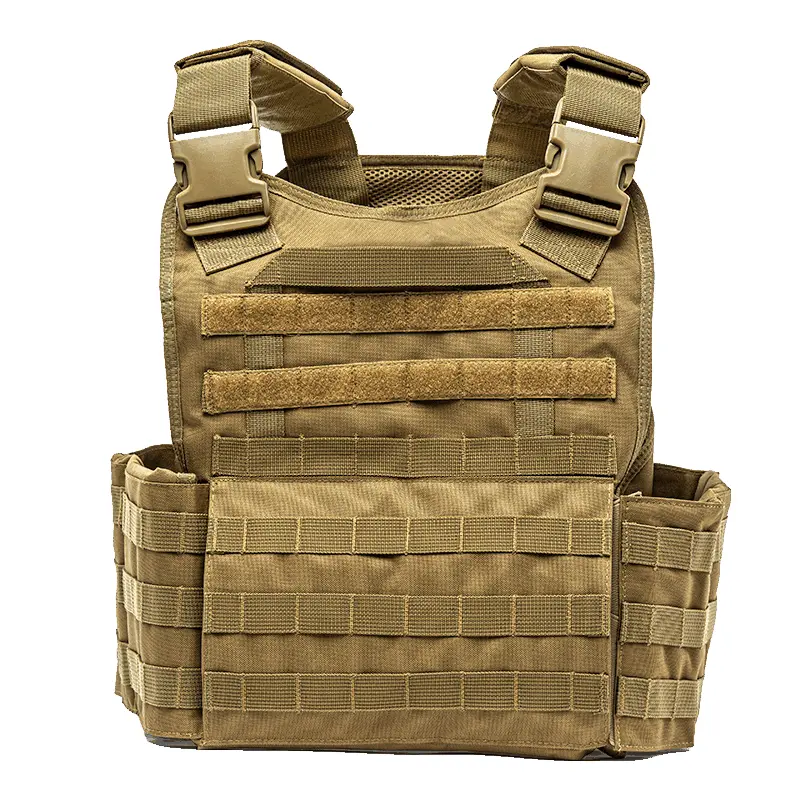All photo and video content contained in this article was shot by Jeff Gurwitch, and is copyrighted. Jeff Gurwitch (DR) own the copyright on all photo and video content. All DR photos and videos were shot with a Sony Cyber-shot RX100 (DSC-RX100/B) Digital Camera with 20.2 MP (20.2-megapixel) still camera and 1080p HD video camera capability.To get more news about Hard Armor Plates, you can visit bulletproofboxs.com official website.
The following article is property (DR) and Jeff Gurwitch, and is copyrighted material. If you are reading this article on another website please email us the website address/URL (where the unauthorized DR article reprint is located) at defrev (at) gmail (dot) com. Thank you.
When it comes to tactical gear, what you choose to wear and use in terms of body armor, pouches and kit usually changes constantly, depending on your mission, terrain and climate. Just because your kit and set-up worked for one trip doesn’t mean it’ll work all missions. Once you get on the ground and start operating, you may find yourself changing out what you use and wear at the start of your next deployment, in order to match your mission and surroundings.

There are certain items I’ve found I can’t live without, and others, like body armor carriers (tactical armor plate carriers), that I change out depending on what I’m doing. Some items I’ve had forever, and some are relatively new. I’ve found some of these new items to be outstanding, and have made them permanent additions to my combat loadout.
Body Armor to Plate Carriers: A Quick History
In terms of body armor, what I wore in 2003 during the invasion of Iraq is very different from what I wear now. The first widespread vest issued; The Interceptor (regular for Army and the SPEAR/ BALCS for SOF) were based more on the needs of a SWAT team entry member than a Soldier. A SWAT member typically only has to travel a short distance to the target, usually from vehicle to the breach point (less 50 meters) and wear their kit for a time measured in hours.
For Iraq this was o.k. The way we executed operations were very much in line with SWAT operations with the generally flat the terrain and many improved roads. Most operations took place in urban environments. Typically, one had to walk maybe 1,000 meters to the target from the infill platform and back. At the time, my job focused around CQB (Close Quarters Battle), for which the SPEAR vest, and later Eagle CIRAS Maritime, were appropriate. While these vest were heavy and bulky, being full vests to include side armor, they both offered the maximum in ballistic protection.
The issue with a full vest: Unlike SWAT operators, most Soldiers operating in Afghanistan can usually measure how long they have to wear their gear in days, and are expected to be able to travel distances in miles at a time, rather than meters. The full-coverage SPEAR-cut vests were fine for Iraq, but in Afghanistan with its rough terrain and extreme elevations, full vests have proved way too cumbersome and heavy. Seeing the need for lighter gear, the U.S. military has stepped up, and for some time now, we’re also issued Eagle MBAV plate carriers.
I’ve used an Eagle MBAV on two trips, and thought up until my most recent trip that it was a perfectly acceptable plate carrier. I say “recently” because in the area I was assigned, the terrain was very unforgiving, and even the Eagle MBAV was too heavy and bulky. I’m actually behind the power curve compared to most of my peers. A lot of fellow Soldiers have learned a long time ago the need for a more minimalist style plate carrier, with a maxim emphasis on mobility and light weight.
|

















コメント
コメント:0件
コメントはまだありません